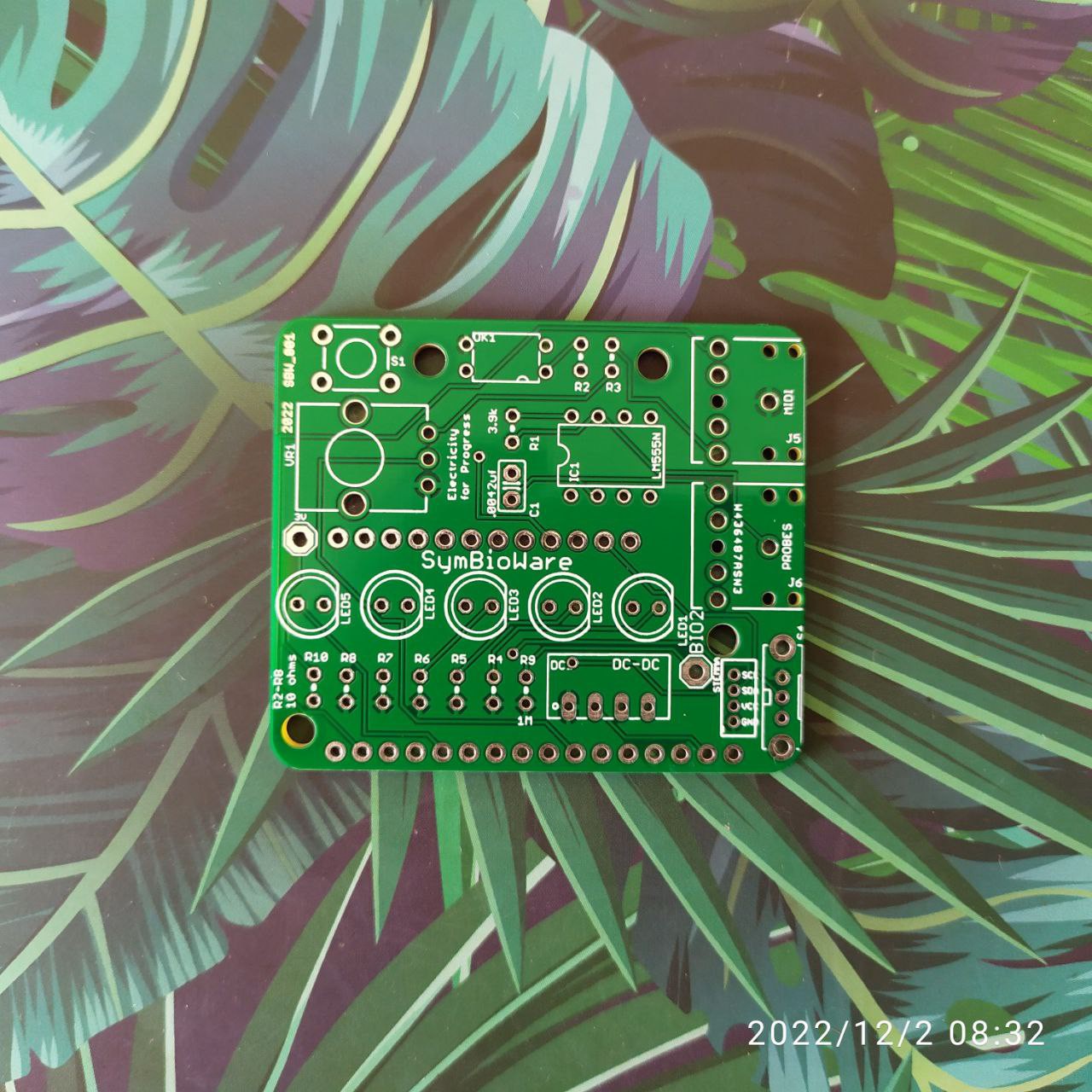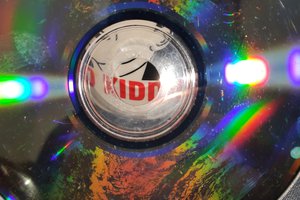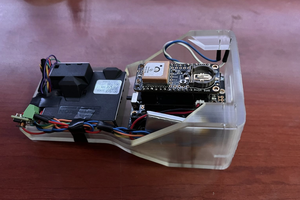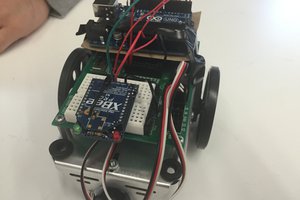What you are reading is the description of Version 1.0 of the SymBioWare. For a more up-to-date documentation of this project, please refer to this link.
---
What is the context of this project?
It all started with the book "The Secrete Life of Plants" and its empirical tales describing the sentience of plants. Fascinated, I began to research and prototype DIY electronic systems that would allow me to experiment with such an aspect of reality.
Shortly after I read my first "biodata", I encountered the work of researchers and artists who were making music with this kind of signal. And so I embarked on a journey towards the world of BioData Sonification:
A year and a half into this process I came across the work of Dr. David Eagleman (and others) around Sensory Substitution/Augmentation and it all clicked together! The possibility of developing a direct perceptual experience of another being's aliveness (including forests, rivers, etc), became an immediate goal.
What is the significance of this project?
There is a growing consensus that we are facing unprecedented crises in the whole world: ecological, social, economic and so on. Physicist and author Fritjof Capra suggests that these are not separate, but interconnected expressions of one single crisis: a crisis of perception. A crisis rooted on the artificial separation of humans and nature. Of I and other.
If this is so, I ask myself: "what is an effective way to shape change?" I don't know either. But my experience with public Bio-Sonification demos have shown that translating the aliveness of plants/fungi to one of our senses can change people's perception of reality forever.What are the goals of the project?
My hypothesis is that a person wearing a bio-data driven haptic interface for an adequate period of time - alongside a known parameter for comparison between vibratory stimuli and coupled being's state - will nurture an ability to assertively intuit about the state/activity of the coupled being.
The wild nature of such inputs requires novel mapping techniques (of signal inputs to vibratory outputs), which I will have to develop and polish empirically, alongside questions of temporal data scaling and device's wearing time.
Additional Info
I'm currently prototyping sensors and a haptic interface for this project (the VHP being the main reference). Besides comparing results from such prototypes and the professional equipment, I want to be able to experiment with a wide range of biodata - *from weather, to pre-recorded electrical activity of four species of fungi, to animal communication and physiological data - as a way to dive deeper into the world of sensory substitution. So ideally I'll manage to conduct many small experiments even during campaign, sharing it via lab notes with the community.
Speaking of it, I really must thank a lot of people and organizations who have supported me thus far in this journey. Both emotionally, conceptually, technically and financially! So my big thank you to Samara Tanaka, for having co-gestating the SymBioWare with me, to the InterComVerse Cycles folks, especially Luana, Vini, Nathalia, Tim, and Viola! To the Danilos, who have blindely trusted me uncountable times. To the guys from RH Info, who donated my first coin vibration motor. To Sam Cusumani, who have taken the time to design a SymBioWare pcb and ship me stuff! To Mundo Dos Cubensis for offering mushroom cultures for the project's experiments. And to PCBWay (via Liam at Hackster), who generously offered to provide free PCB prototyping for this project. And to prof. Andrew Adamatzky, director of the Unconventional Computing Laboratory at UWE Bristol for his inspiring research and thoughtful comments on this project.
 Danilo
Danilo


 Kelsey
Kelsey
 alpha_ninja
alpha_ninja
 andrew.powell
andrew.powell